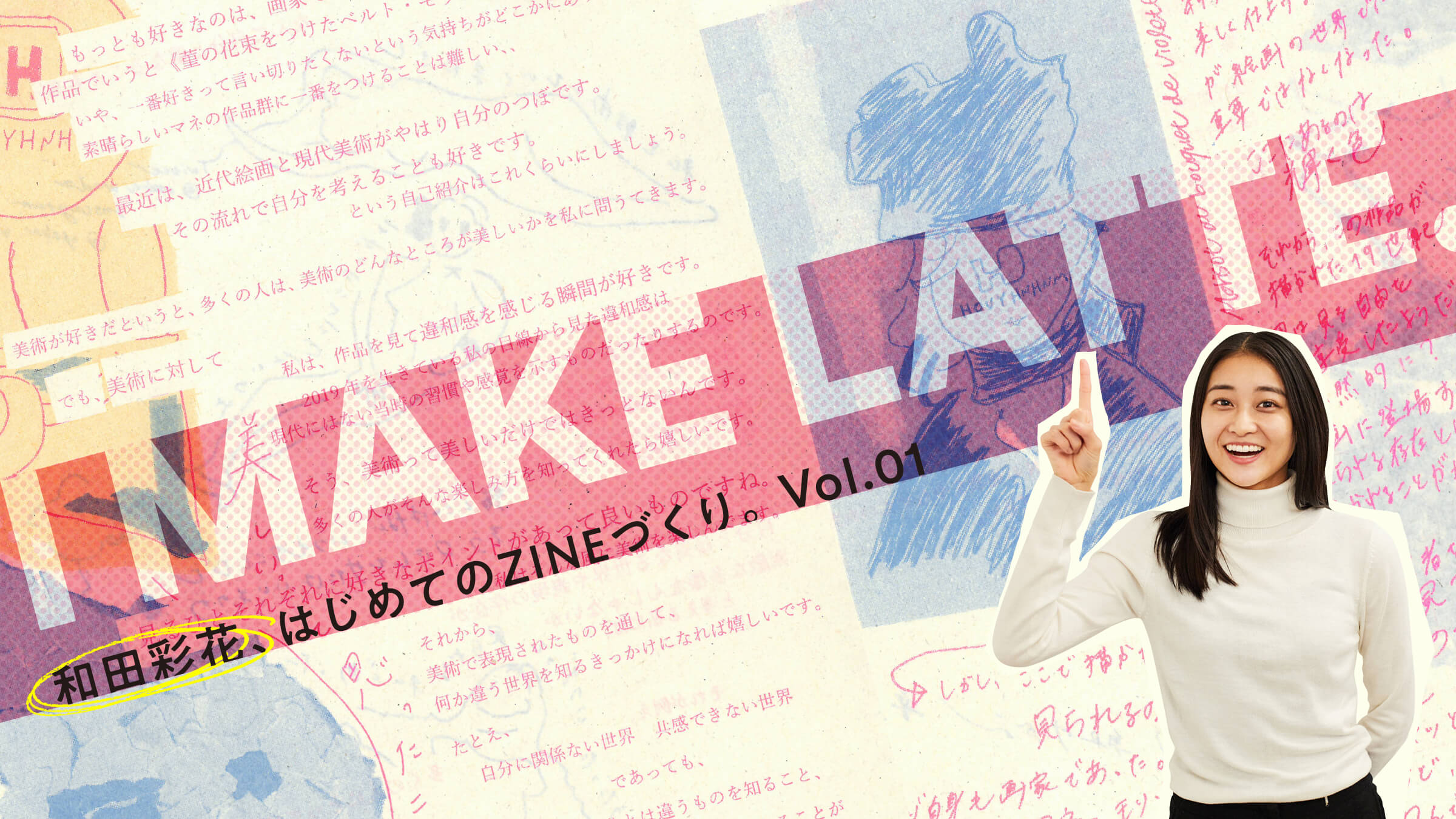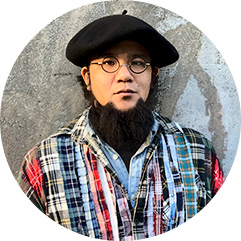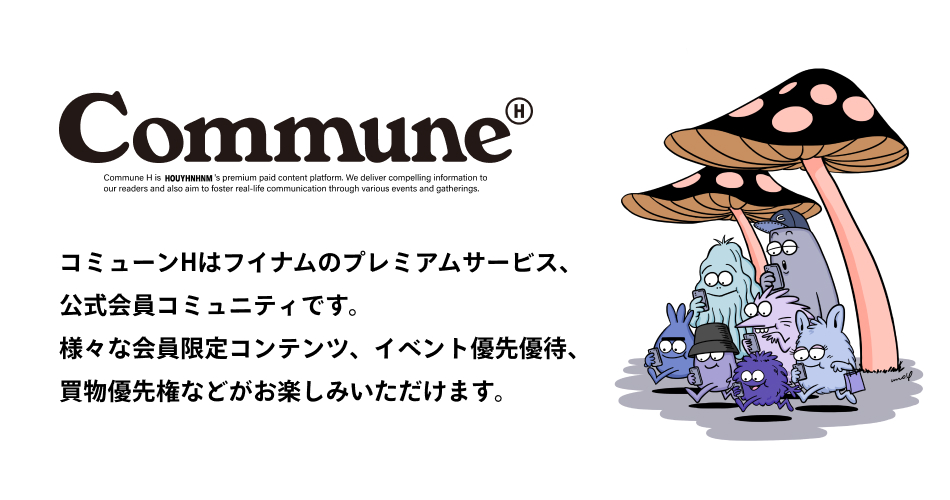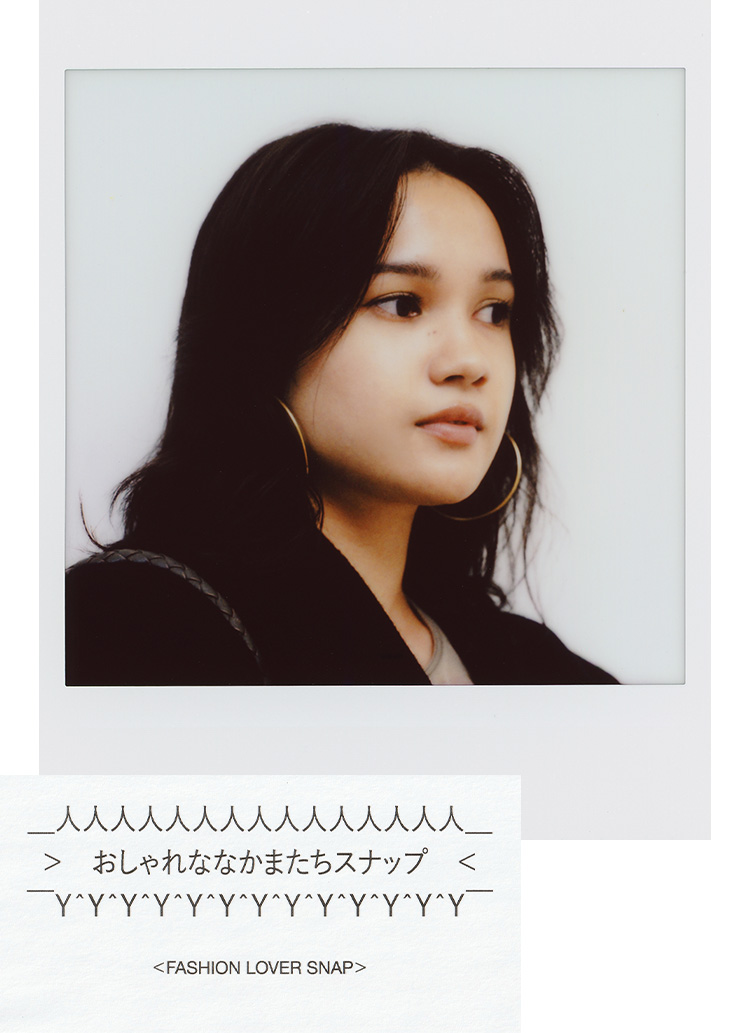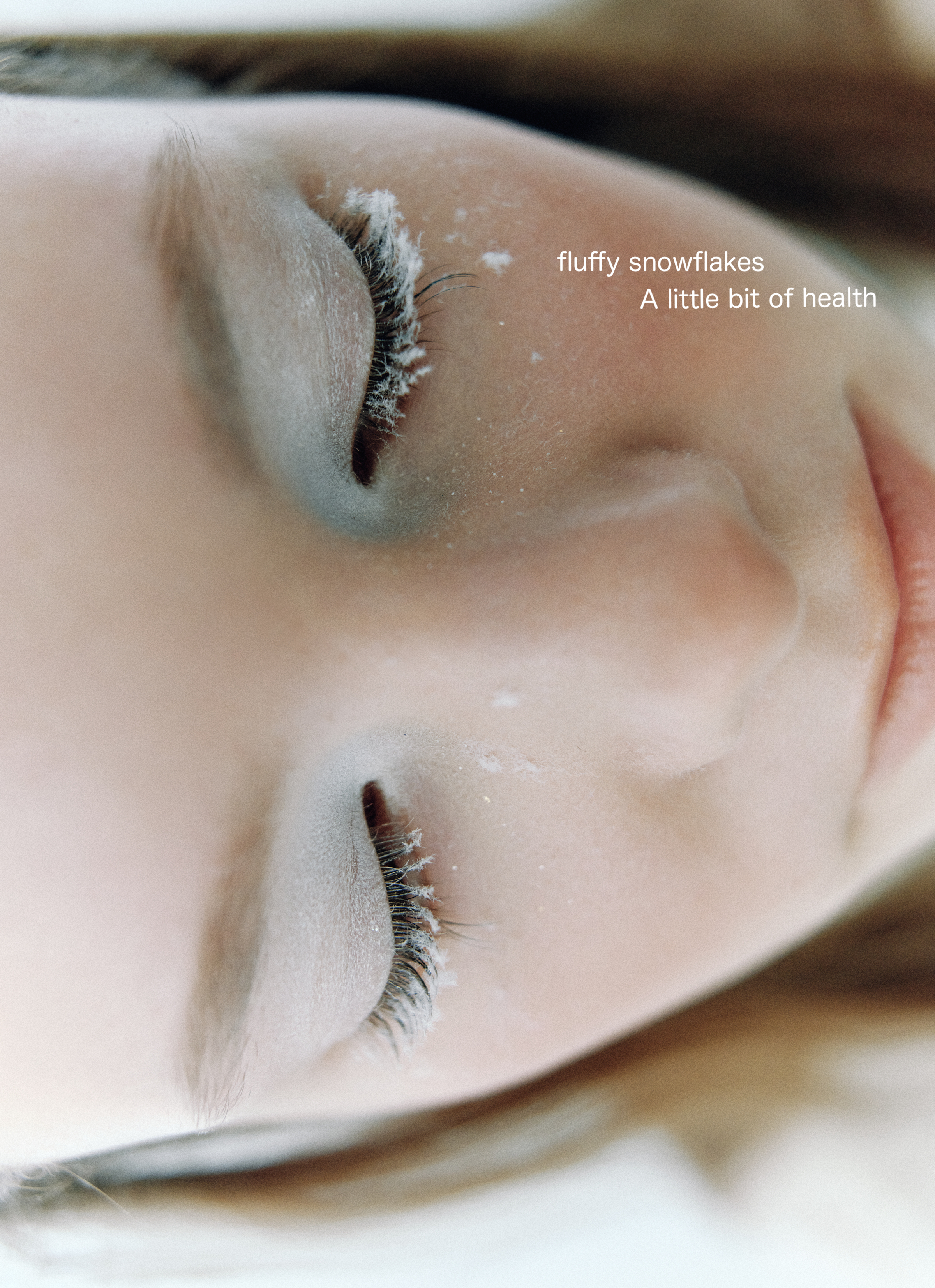Since it was the first time, I wanted to convey what I really like first! I thought.


First of all, please take a look at the completed page. As this is the first issue, the theme is "art," which Mr. Wada loves. The text on the left page was typed out, while the right page was handwritten. The illustrations are based on the works of Vermeer, known as the Magician of Light, and Manet, also known as the Painter of Black, respectively. The clear contrasting structure divided on the left and right and the free layout of the text are interesting. The transparent side is the "Overture" side printed on the back. Check out "Overture No.021" published by Tokuma Shoten, which is now on sale!

HOUYHNHNM" and "Overture" have decided to start a series of articles by Mr. Wada as a joint project of "HOUYHNHNM's" and "Overture. The theme of the series is "ZINE. Simply put, we would like to ask Mr. Wada to create pages as he likes, and then compile them into a book.
Wada:Thank you very much! But what kind of content would be good....
Incidentally, I hear that you are fond of art.
Wada:My first encounter with art was when I was a freshman in high school. At the time, I always commuted from Gunma to work, but one day I arrived a few hours early because I had mistaken the time of the meeting. I was in an art museum and found the exhibition "Manet and Modern Paris" on display. Until then, I had thought that paintings were supposed to depict natural landscapes and still lifes, so I was shocked when I saw a painting of a man lying on the ground ("The Dead Bullfighter")! From there, I was fascinated by the various "blacks" in Manet's works, and I realized that painting beautiful things was not the only way to get into art. Through this chance encounter, my interest in art was born, and as I went to various exhibitions and saw everything from religious paintings to Impressionist paintings, I became interested in studying art history more and more. Now I am studying art history in graduate school.
So, I think it would be a good idea to start with the theme of "art," which is the biggest part of your personal life. And then you can follow it up.
The Series by Ayaka Wada started with a meeting called ...... . The three rules were as follows.
The theme is "what Mr. Wada is interested in and what he wants to know. . The content changes each time.
. The basic structure is a combination of photographs, illustrations, and text. But it is also free.
HOUYHNHNM's" and "Overture", with two pages each, four times a year.

And you are free to do whatever you like with the rest of it! After about a month and a half of half-hearted discussions, the first memorial session was completed! The memorable first installment is now complete! First of all, I would like to ask you what you thought of the finished work. How was it? How was your first time making a zine?
Wada:It was fun! . Since it was the first time, I really wanted to convey what I liked first. This time, many of the words and illustrations were hand-drawn, but I'm sure I can put up photos in the future, and when I think about it, I can't help but look forward to it!
. Indeed, it conveys the handmade feeling that is the best part of a zine. By the way, since this is a joint project between two media, do you have a preference as to which is in front or behind?
Wada:. In a manner of speaking, it is assumed that the pages will be read from left to right, in the order of "HOUYHNHNM's" to "Overture". . As I was working on it, I was reminded of my elementary and junior high school days. We used to have a class where we had to summarize the results of our research on a large sheet of construction paper, and I was good at it, so I made elaborate decorations, and the teacher praised me a lot. I used to get a lot of compliments from the teacher. I thought it was similar to that time (laughs).

It's the kind of thing you make after a social studies field trip or group study. The theme of this year's exhibition is "art," and you have chosen Edouard Manet, one of your favorite painters, as the topic.
Wada:. Since this is the first time for me to introduce myself, I will also explain why I like art. The left side of the page shows the reason why I like art: "Everyone has a different way of seeing and feeling things," while the right side explains the points of view for those who "don't know what to look for. On the "Overture" side, I expressed what I felt and thought through the pictures. So, although the theme of "art" is the same, the viewpoints are different for each side.
. I'm also curious as to how you went about creating it. Did you start from the text part?
Wada:I first drew a rough sketch of the illustration on paper, then figured out how to put the text on top of it, typed the text on the computer, printed it out, and handwrote the text and illustrations with a sign pen. . Once the overall structure was decided, the rest was surprisingly quick.

A. How long did it actually take to complete the project?
Wada:Well, I don't think it took that long. It was my first time and I really enjoyed it, and before I knew it, it was finished! It was like that before I knew it was done. As for the writing, I am currently working on lyrics, and I had already compiled my thoughts on the same theme as this one, so I was able to use that as the basis for the text, which made the first time easier.
. You seem to be particular about the way the letters are assembled and the letter size.
Wada:. The part of the text that is larger in the middle of a sentence is simply a larger word that is more telling. There is no particular meaning to the way the text is arranged. It is the result of a trial-and-error process to keep the text within the page while avoiding the illustrations. So, I simply said, "I tried it, and this is how it turned out! (laugh).

What about fonts?
Wada:(Regretfully) Wow, I should have stuck to that too! I just realized that I should have stuck to that part... . . I also write reports at school in this way, so I must have done it the way I usually do it. I will think about that next time!
. Did you experience any difficulties in the production process?
Wada:. it didn't seem too difficult. I may hit a wall if I run out of ideas in the future, but for now, I'm fine... ...Oh, but one thing. I printed the letters on a sheet of paper and cut them with scissors, but I forgot to put them back together again later... . Somehow, when I finished putting them together like solving a puzzle, I realized that I should have looked at the original data (wry laugh). That was the hardest part of the project.

Now, please give us an explanation of the page by Mr. Wada himself, so that we can understand what kind of intention is hidden in the page!
Wada:. First, the illustration on the left page. The motif is based on Vermeer's "Woman Pouring Milk," in which light blue origami paper is torn off and pasted to represent milk being poured into a jar. The edges torn off by hand absorb the moisture of the glue, creating an interesting expression. Also, by combining the back side and the surface, I was able to add variety.

Milk is expressed by tearing and pasting colored origami paper. The white reverse side is used for the front side, and the light blue color is interwoven in some parts to emphasize the three-dimensional effect. The edges are highlighted by the moisture of the glue, which is also effective.
Berthe Morisot with a bouquet of violets" by Manet is painted on the right page. I see that the word "violet" is written "violet. Did you modify the masking tape in the background?
Wada:It's not a correction! As you can see from the original painting, this is light! This is an important point where you can feel a very subtle light in a picture with impressive black color, so I used masking tape to express it.
I see. Is this the ...... necklace on your chest?

On the right page is an illustration of Wada's favorite painting, "Berthe Morisot with a Bouquet of Violets" by Manet. . He is pointing to a spot in the black screen where delicate light is expressed.
Wada:Hey~, mooo! No, it's not! It's a white shirt and a bouquet of violets! However, even looking at the original picture, it is hard to tell that this is a bouquet of violets, which is also a good thing.
I'm sorry for repeating myself (sweat). But on the contrary, I would like to see the original picture.
Wada:The illustrations are only my impressions as I saw and felt them through my filter, so if you are interested, please search for images of the original paintings, or if you have a chance, see them in person at an exhibition, so that you will know, "Oh, so this is how the real thing looks like!
- 1
- 2


